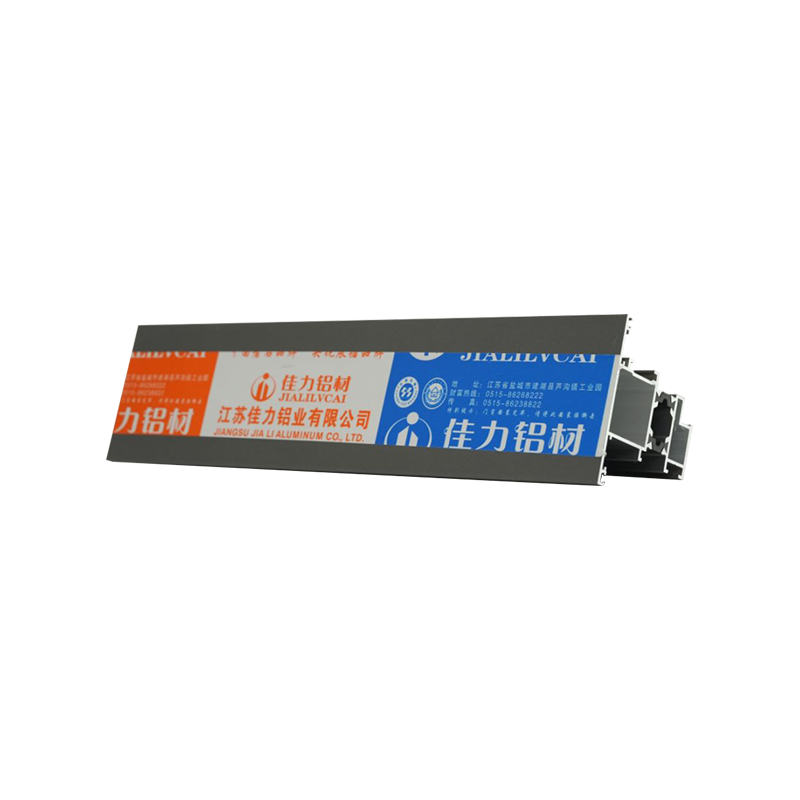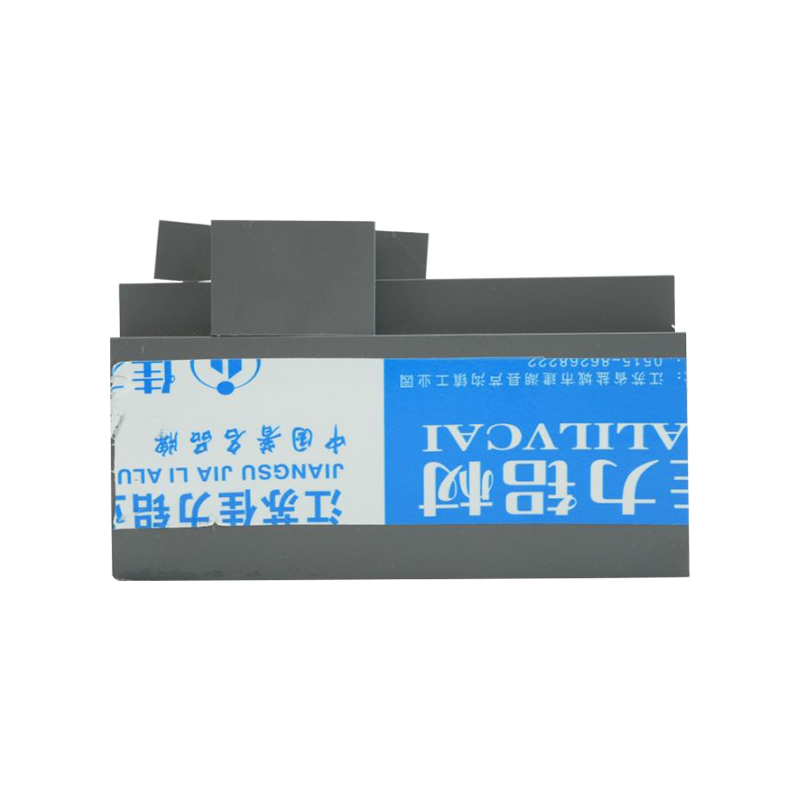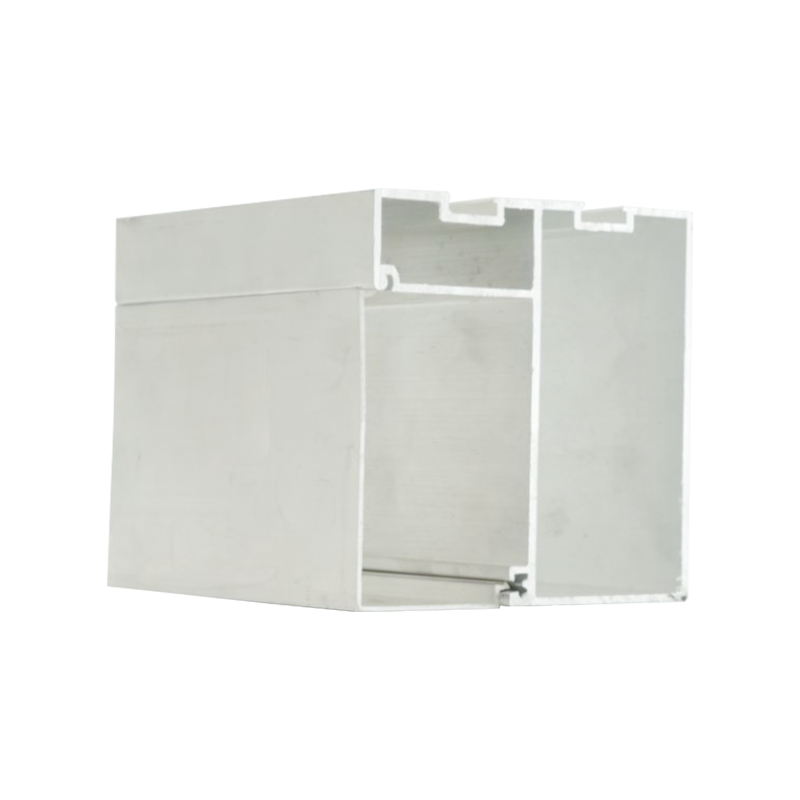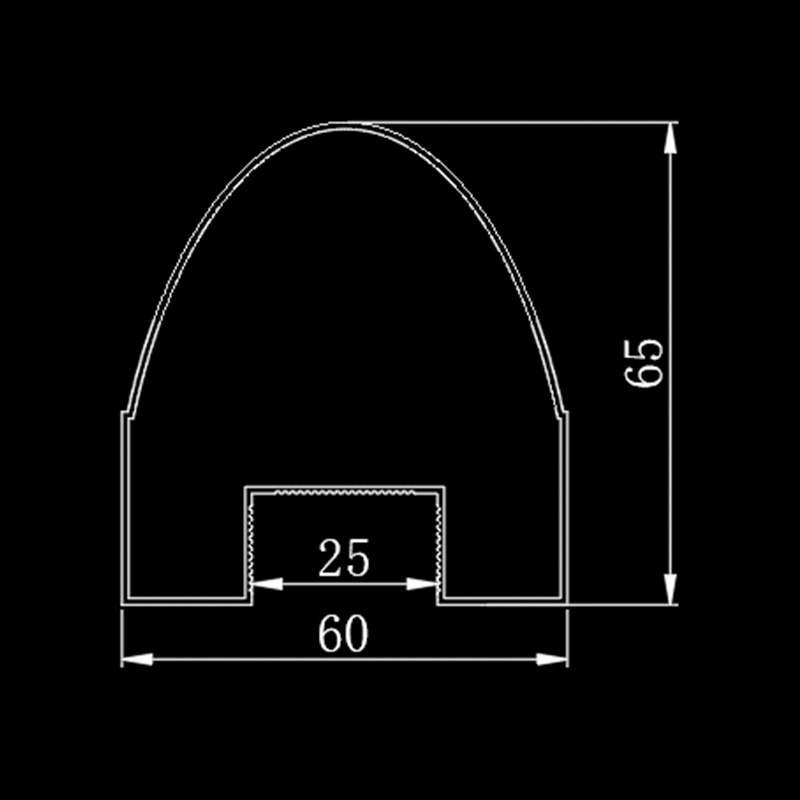In the realm of modern building envelopes, the performance of a curtain wall is paramount. It is the primary shield against the external environment, tasked with keeping the elements out and the conditioned environment in. Among the various systems available, 100 series aluminum curtain wall profiles have established themselves as a benchmark for reliability. A key aspect of their reputation is their exceptional ability to resist weather and air infiltration.
Understanding the Stakes: Why Weather and Air Infiltration Matter
Before examining the “how,” it is critical to understand the “why.” The performance of a building’s facade directly impacts its longevity, occupant comfort, and operational costs. Weather infiltration refers to the unwanted intrusion of water, driven by rain, wind, and capillary action. When a system fails to manage water, it can lead to catastrophic consequences, including structural damage, mold growth, and interior material degradation. Air infiltration, on the other hand, is the uncontrolled leakage of air through gaps and cracks in the building envelope. This is distinct from controlled ventilation. Excessive air infiltration undermines a building’s energy efficiency, allowing heated or cooled air to escape and unconditioned external air to enter. This forces HVAC systems to work harder, significantly increasing energy consumption and costs. Therefore, a high-performing aluminum curtain wall system is not merely a aesthetic cladding but a sophisticated environmental separator. The consistent performance of 100 series aluminum curtain wall profiles in these areas makes them a preferred choice for projects where long-term reliability is non-negotiable.
The Foundational Element: Intrinsic Properties of Aluminum and Engineering
The exceptional performance of 100 series aluminum curtain wall profiles begins with the material itself and how it is transformed. Aluminum offers a unique combination of properties that are ideal for building envelopes.
Material Strength and Formability: Aluminum, when alloyed appropriately, provides an excellent strength-to-weight ratio. This inherent strength allows the profiles to be designed with complex cross-sections that can incorporate multiple chambers and seals without becoming bulky or heavy. The extrusion process, through which 100 series aluminum curtain wall profiles are created, allows for precise and intricate shapes. This precision is the first line of defense; consistently manufactured profiles ensure that components fit together as intended, minimizing inherent gaps that could lead to leaks or air passage. The rigidity of the aluminum also prevents deflection under high wind loads. Excessive deflection can open up joints between components, compromising the seal. The structural integrity of the aluminum mullions and transoms ensures the system remains stable and sealed under design pressures.
Surface Treatment and Corrosion Resistance: The anodized or powder-coated finishes typically applied to these profiles are not merely for aesthetics. They provide a durable, protective layer that shields the aluminum from environmental corrosion. This is crucial because corrosion can pit and degrade the metal over time, potentially compromising the precise surfaces where gaskets and seals make contact. By maintaining their dimensional stability and surface smoothness over decades, the profiles ensure that the primary sealing mechanisms remain effective for the lifespan of the building. This long-term resistance to environmental degradation is a key factor in the sustained performance of 100 series aluminum curtain wall profiles.
The Heart of the System: A Multi-Layered Sealing Strategy
The most critical factor that dictates the weathertightness of any curtain wall is its sealing strategy. 100 series aluminum curtain wall profiles do not rely on a single line of defense. Instead, they employ a multi-stage, redundant sealing approach that creates a highly resilient barrier. This philosophy is often centered on the principle of a pressure-equalized rain screen design, which is a sophisticated method for managing the forces that drive water infiltration.
The Primary Line of Defense: Gaskets and Weatherstripping
The first and most visible sealing elements are the gaskets. These are typically made from durable, flexible materials like EPDM (Ethylene Propylene Diene Monomer). In 100 series aluminum curtain wall profiles, gaskets are strategically placed at all critical junctions:
- Between the glass panel or infill panel and the aluminum frame.
- At the intersections of horizontal transoms and vertical mullions.
- Where the curtain wall system connects to the main building structure.
These gaskets are designed to be compressed when the system is assembled, creating a continuous, watertight and airtight seal. The effectiveness of these seals depends on the precision of the gasket groove design within the profile and the quality of the gasket material itself, which must resist compression set, ozone degradation, and temperature extremes to maintain its sealing force over time. This is a primary barrier against air and water penetration.
The Secondary Defense: The Internal Drainage and Weep System
Even with the best primary seals, it is acknowledged that some small amount of water may, under extreme conditions, find a way past the first line. This is where the ingenious design of 100 series aluminum curtain wall profiles comes into play. The profiles are engineered with internal chambers and pathways that are designed to manage this incidental water. Any water that bypasses the primary seal is intercepted within the profile cavity and is channeled downward by gravity. This water is then safely expelled to the exterior through strategically placed weep holes.
This system prevents water from accumulating within the wall assembly, which is a primary cause of damage. The internal geometry of the profiles is crucial here; it must be designed to ensure water is effectively directed toward the weep holes without obstruction. This secondary system ensures that the curtain wall can “shed” water that it encounters, a key feature for high-performance building facades.
The Role of Pressure Equalization
The most advanced feature contributing to the weather performance of many 100 series aluminum curtain wall profiles is the concept of pressure equalization. This is an engineering principle that neutralizes the primary force driving water through joints: wind pressure differential.
A pressure-equalized system features an outer rain screen (the exterior seal), an internal air barrier, and a pressure-equalization chamber (the cavity between them). The chamber is vented to the outside. When wind blows against the building, it creates a high-pressure zone on the exterior. Instead of this pressure forcing water through the outer seal, the vents allow the pressure to enter the chamber, equalizing it with the outside pressure. With no significant pressure difference across the outer seal, water is not driven through it. It remains on the exterior surface, where surface tension and gravity allow it to drain away harmlessly. The successful implementation of this design relies heavily on the precise compartmentalization created by the aluminum profile design and the internal seals that define the air barrier. This makes the system highly effective in managing driven rain and wind-driven rain.
Table: The Multi-Layered Sealing Strategy of 100 Series Profiles
| Defense Layer | Function | Key Components | Benefit |
|---|---|---|---|
| Primary Seal | To create the first and main barrier against air and water. | EPDM or silicone gaskets, compressed within profile grooves. | Provides immediate resistance to infiltration and forms a continuous seal. |
| Secondary Drainage | To collect and evacuate any incidental water that passes the primary seal. | Internal profile chambers, drainage channels, and external weep holes. | Prevents water accumulation within the system, safeguarding the building structure. |
| Pressure Equalization | To neutralize the force (wind pressure) that drives water through seals. | Vented outer rain screen, sealed internal barrier, and pressure chamber within the profile. | Dramatically reduces the potential for water penetration under severe storm conditions. |
Precision Engineering and Tolerances: The Devil in the Details
The theoretical design of a sealing system is only as good as its practical execution. The performance of 100 series aluminum curtain wall profiles is heavily dependent on precision manufacturing and an understanding of tolerances.
Interlocking Profile Design: The connections between mullions and transoms are not simple butt joints. They are often complex, interlocking mechanisms that are engineered to align components perfectly. This interlocking design ensures that gaskets are compressed evenly and that the pathways for drainage remain clear. The corner keys and splice systems used in these joints are machined to fine tolerances to create a seamless transition from one profile to another, maintaining the continuity of the seals and the structural integrity of the frame. This attention to detail in the connection details is a hallmark of a quality aluminum curtain wall system.
Managing Thermal Movement: Aluminum expands and contracts with temperature changes. A system that does not account for this movement can experience significant stress, leading to seal failure, glass breakage, or distortion. 100 series aluminum curtain wall profiles are designed with integral expansion joints and sliding connections that accommodate this movement. By allowing the aluminum to move freely without compromising the seals or transferring stress to the glazing infill, the system maintains its weathertight integrity across a wide range of climatic conditions. This is a critical consideration for building envelope durability and long-term performance.
The Critical Role of Glazing Infill and Interface Details
While the 100 series aluminum curtain wall profiles form the framework, their performance is intrinsically linked to the infill panels, primarily the glazing units. The entire system operates as a single, integrated unit.
The Glazing Pocket and Bite: The area where the glass unit is captured by the aluminum frame—the glazing pocket—is a critical interface. The depth of this pocket, known as the glazing bite, is carefully engineered to provide sufficient support and sealing surface. A properly designed bite ensures that the glass is held securely under wind load and that the glazing gaskets have enough surface area to form an effective seal. The design of the profile in this area often includes a reglet to precisely locate the gasket and ensure consistent compression.
Compatibility with Insulated Glass Units (IGUs): Modern projects almost universally use insulated glass units for their thermal and acoustic benefits. The performance of the 100 series profiles in terms of air and water infiltration is tested and certified with these IGUs in place. The compatibility between the flexible glazing gaskets and the hard, smooth surface of the glass is essential. Furthermore, the design must manage the differential movement between the stiff aluminum frame and the larger, more monolithic glass panel, ensuring the seal is not broken. This synergy is vital for achieving the published performance ratings for air leakage and water penetration resistance.
Verification Through Testing: Proving Performance in the Lab
The theoretical and design-based advantages of 100 series aluminum curtain wall profiles are meaningless without empirical verification. This is where standardized laboratory testing becomes indispensable. Reputable manufacturers subject their systems to rigorous testing in accordance with international standards, such as those from ASTM International.
Air Infiltration Testing (ASTM E283): This test determines the rate of air leakage through a unit of the curtain wall assembly when subjected to a specified static pressure differential. High-performance 100 series aluminum curtain wall profiles consistently achieve very low air infiltration rates, often classified as Performance Grade A. This quantifiable data provides specifiers and buyers with confidence in the system’s energy efficiency and airtightness.
Water Penetration Testing (ASTM E331 & E1105): These tests are more demanding. A test specimen is subjected to a steady static pressure differential while being sprayed with a continuous stream of water on its exterior face. The most common standard, ASTM E1105, uses a calibrated spray rack to simulate a severe wind-driven rain event. The assembly must show no evidence of uncontrolled water penetration on the interior face after a 15-minute test period. The ability of a 100 series system to withstand high test pressures (e.g., 15% of the design wind load) is a direct result of its effective multi-stage sealing and pressure-equalization strategies.
Structural Performance Testing (ASTM E330): This test validates the strength and deflection characteristics of the profiles under positive and negative wind loads. While not a direct test of infiltration, it is fundamentally linked. If a profile deflects excessively under load, it can open joints and break seals, leading to failure. Proven structural performance is the foundation upon which weathertightness is built.

 ENG
ENG
 English
English русский
русский 中文简体
中文简体 Español
Español bahasa Indonesia
bahasa Indonesia






